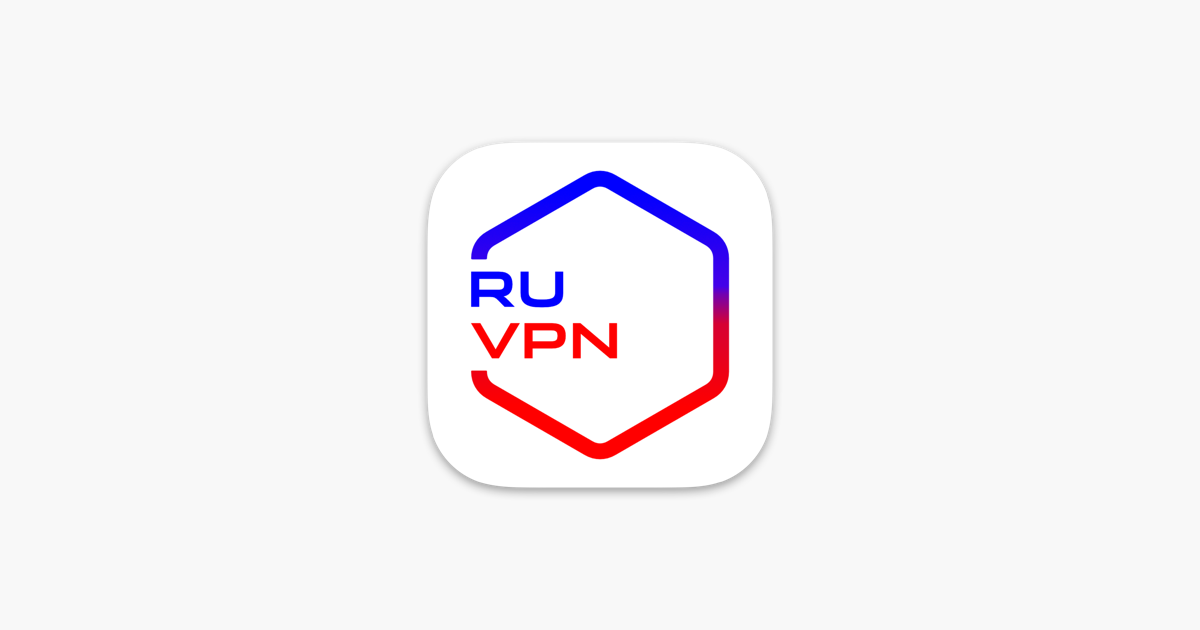Traveling Abroad? How to Access Your Favorite Content from Home

When traveling abroad, we often face an unexpected obstacle — many familiar websites, services, and favorite shows suddenly become unavailable. You might find yourself unable to watch the latest episode of your favorite series, access your home online banking, or even open social media platforms you use every day. Let's explore why this happens and how to solve this problem with simple solutions.
Why Content Becomes Unavailable Abroad
When you leave your country, your internet address (IP address) changes. Websites use this address to determine your location. Many services provide different content depending on the country you're in:
- Streaming platforms (like online movie theaters) show different films and series in different countries due to licensing rights
- News websites may be blocked in some countries
- Banking services often block access from abroad to protect against fraud
How to Access Home Content While Traveling
1. Virtual Private Network (VPN)
The most popular and simple method is using a VPN. This is a special program that masks your real internet address and creates the impression that you're in another country.
How it works:
- You install a VPN app on your phone, tablet, or computer
- Choose the country you want to "connect to" (for example, your home country)
- After connecting, all websites will think you're located in the selected country
Advantages:
- Ease of use — just press one button
- Protection of your data in public Wi-Fi networks (such as hotels or cafes)
- Access to almost all services from home
Disadvantages:
- Paid VPNs usually work better than free ones
- May slightly reduce internet speed
2. VLESS Technology
VLESS is a modern technology for bypassing internet restrictions, which is especially popular among technically savvy travelers.
How VLESS differs from regular VPN:
- Works faster and more stably in many cases
- More difficult for providers to block
- Consumes less battery power on mobile devices
How to start using VLESS:
- You need to install a special application (such as V2Ray)
- After setup, it works as simply as a VPN — you press the connect button
Although the initial setup of VLESS is more complex than a regular VPN, many travelers prefer this technology for its higher speed and connection stability.
3. Smart DNS Services
This technology only changes the part of your internet connection responsible for determining location, but doesn't encrypt all traffic like a VPN.
Advantages:
- Usually works faster than VPN
- Perfect for watching videos
- Can be set up directly on your TV or streaming device
Disadvantages:
- Doesn't protect your connection
- Doesn't work with all services
Tips for Safe Internet Use While Traveling
- Install a VPN or other solution before your trip. In some countries, it may be difficult to download such applications on site.
- Test your chosen solution in advance. Try connecting to different servers and make sure everything works as needed.
- Use strong passwords. While traveling, you more frequently connect to public networks where data can be intercepted.
- Have a backup option. Install several VPN applications in case one of them doesn't work.
Conclusion
Modern technologies make it easy to bypass geographical restrictions and access your favorite services from anywhere in the world. Choose the appropriate method depending on your needs — a simple VPN for basic tasks or more advanced solutions like VLESS for demanding users.
Enjoy your travels and uninterrupted access to your favorite websites and services!





